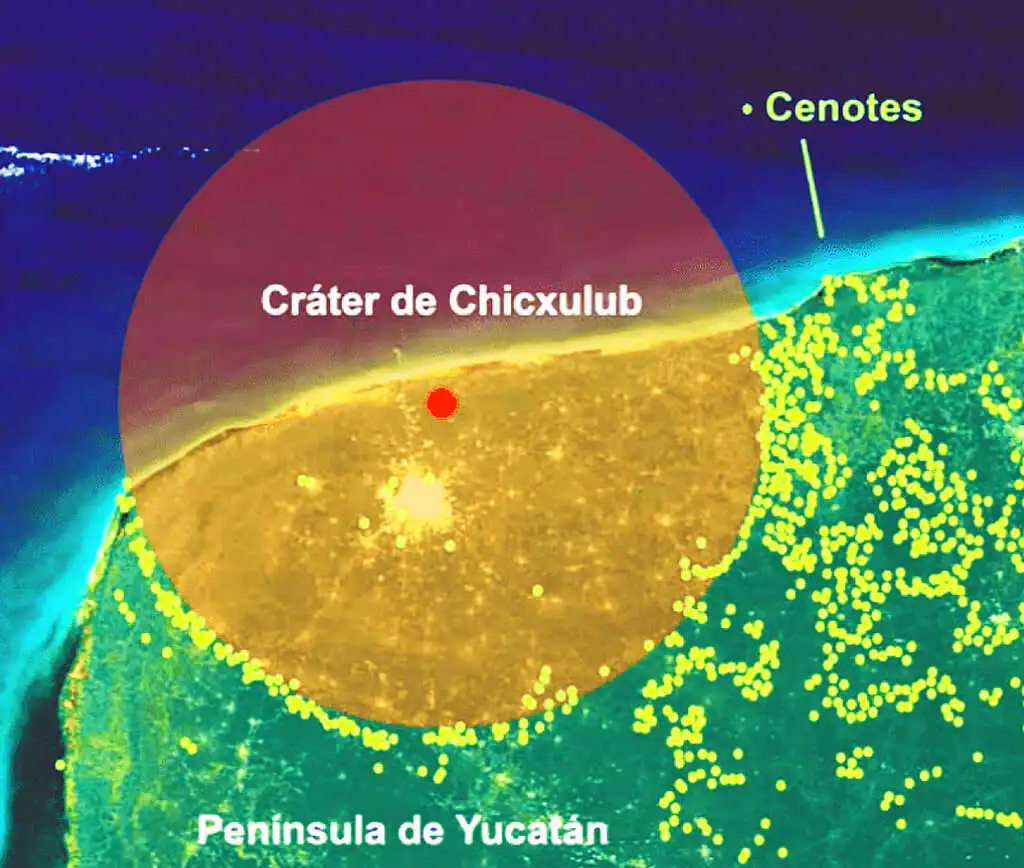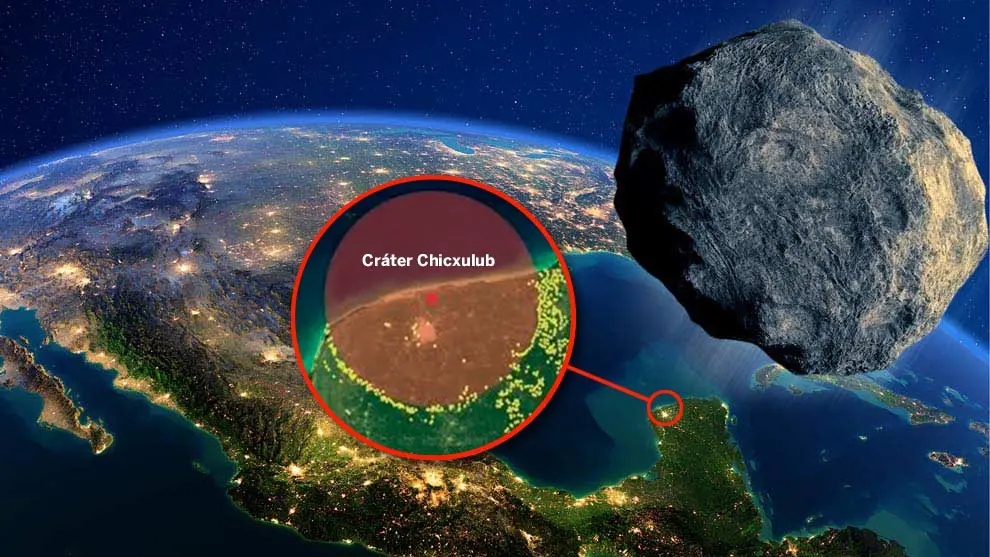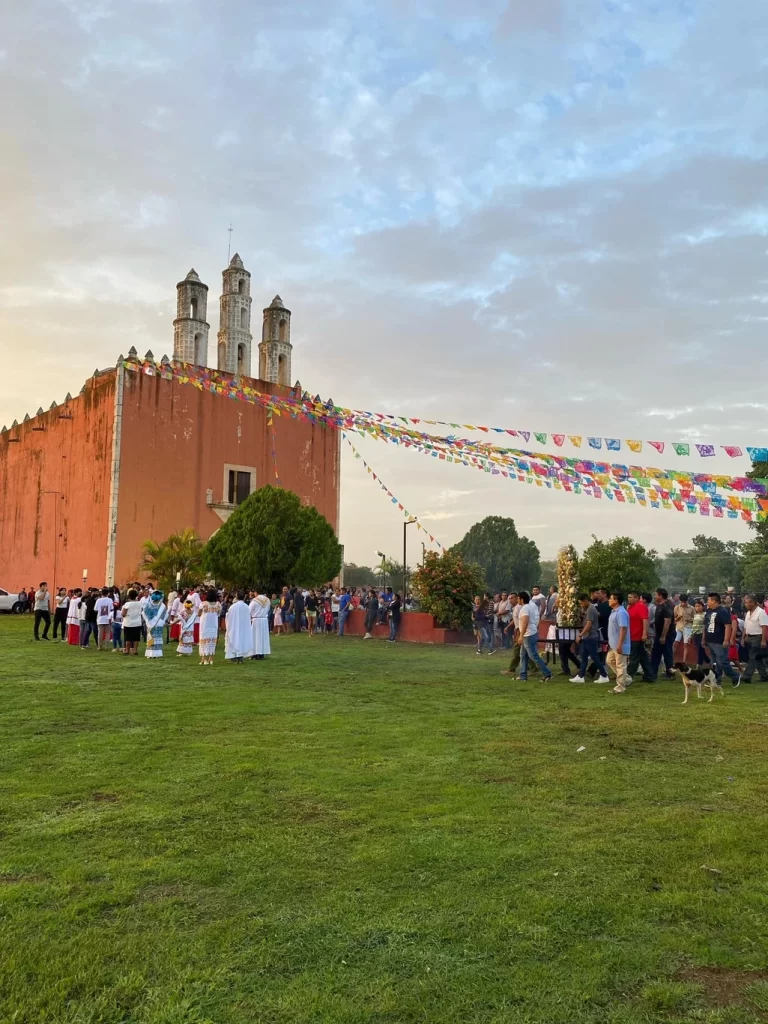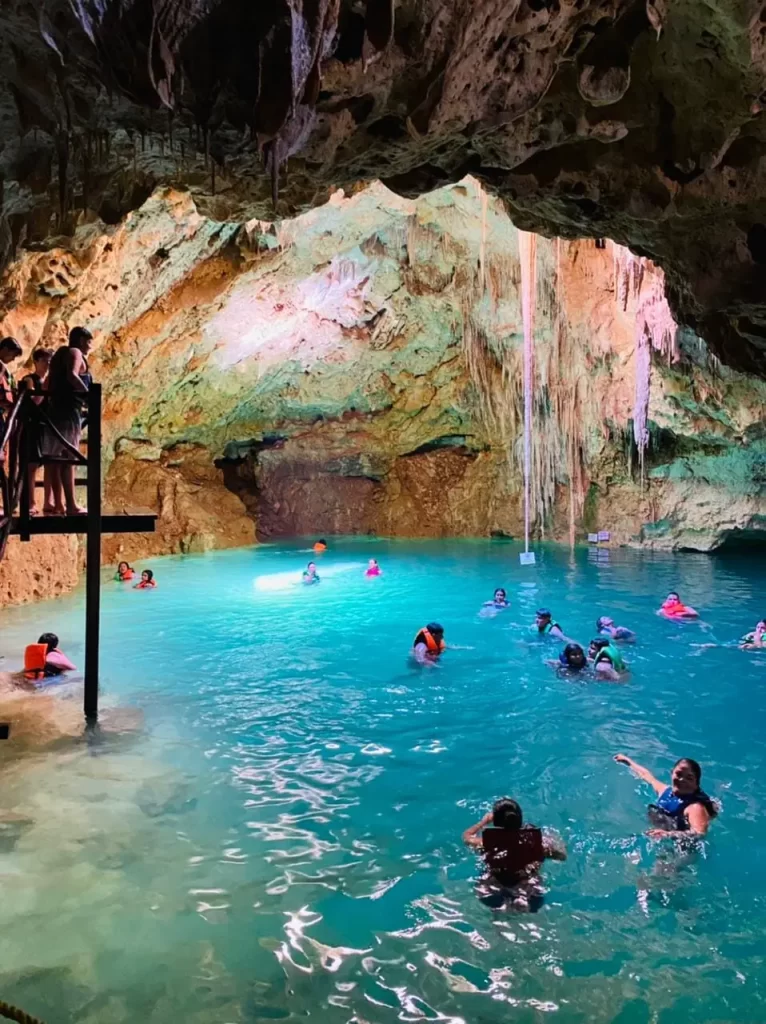In the heart of the Yucatán Peninsula, a natural treasure awaits exploration: the Ring of Cenotes.
What is the Ring of Cenotes?
The Ring of Cenotes is a unique geological formation composed of a series of natural wells known as cenotes (derived from the Maya word “dzonot,” meaning “abyss“). These cenotes were formed due to the collapse of limestone caves, revealing pools of crystal-clear water connected by a vast underground system.

Geological Origin: Formation of the Cenotes
The formation of the cenotes is linked to the impact of a meteorite millions of years ago, known as the Chicxulub Meteorite. This cataclysmic event not only altered the region’s geography but also formed the geological substrate that eventually led to the creation of the cenotes.

Homún: Capital of the Cenote Ring
Homún, a tranquil town in Yucatán, is renowned for housing several cenotes within its perimeter. These cenotes are accessible and offer a unique experience for visitors seeking to explore the natural beauty and freshness of their waters.

Discover the Magic of Homún
Immerse yourself in the turquoise blue waters of the cenotes of Homún, explore their caves, and admire the unique biodiversity that thrives in this singular environment.

Today, Homún and its cenotes are popular destinations for ecotourists and nature lovers. The conservation of these fragile ecosystems is crucial, and local communities play a vital role in their protection and sustainable management.

Leave a Reply